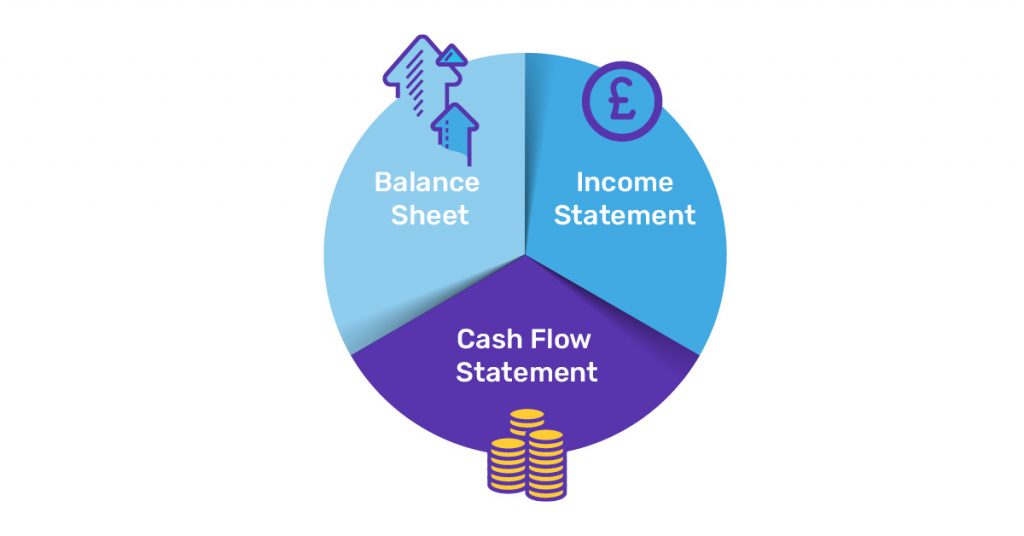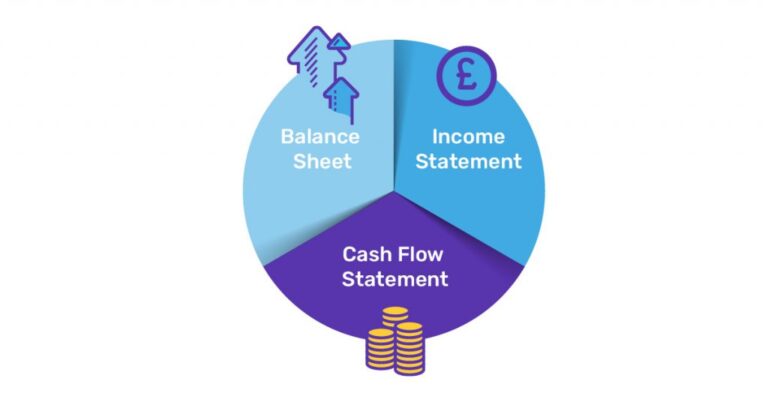Seed capital is essential in the lifecycle of businesses, especially startups and early-stage companies. This initial funding acts as the lifeblood for entrepreneurs, allowing them to develop their ideas, build prototypes, and lay down the foundational framework for their ventures. This article will explore everything you need to know about seed capital, from its definition and types to how it is acquired and its impact on business growth.
What is Seed Capital?

Seed capital refers to the initial funds an entrepreneur or startup uses to kickstart a business. Unlike other types of financing, seed capital is used in the very early stages, typically before the company has generated any revenue or even fully developed its product or service. These funds are usually allocated toward research and development, business planning, prototype creation, and preliminary marketing efforts. With seed capital, many groundbreaking ideas could progress beyond the conceptual phase.
Why Seed Capital Matters
Seed capital is a critical enabler of innovation. It allows startups to experiment with new ideas, develop and refine products, and create a business infrastructure. For investors, seed capital represents a high-risk but potentially high-reward investment, as they often fund a concept or minimally viable product rather than an established enterprise.
Types of Seed Capital

Seed capital can come in various forms, each with unique characteristics that cater to different types of businesses and investor profiles. Here are the main types:
1. Self-funding or Bootstrapping
In bootstrapping, the founders use their savings or resources to finance their startup. This approach allows them to retain complete control of the company but may also limit the funds available for scaling and growth.
2. Friends and Family
Many startups begin with investments from friends or family members. While this can be easier to access, it comes with risks, as personal relationships may be strained if the business fails.
3. Angel Investors
Angel investors are individuals with high net worth who provide capital to startups in exchange for equity. They often bring industry expertise and mentorship, which can be invaluable to early-stage companies.
4. Venture Capital Firms (Early Stage)
Though typically associated with later-stage investments, some venture capital firms specialise in seed funding. These firms bring large networks and resources but often require significant equity and decision-making influence.
5. Crowdfunding

Crowdfunding platforms such as Kickstarter and Indiegogo allow startups to raise small amounts of money from many people. This method is popular for consumer-oriented products and offers a way to test market interest.
6. Incubators and Accelerators
Incubators and accelerators provide seed funding, mentorship, and workspace for startups. They often focus on helping the startup reach specific milestones, such as product development or an initial market launch.
How to Raise Seed Capital: Proven Strategies

Raising seed capital is a crucial process that requires preparation, strategy, and persistence. Here’s a detailed look at the key steps:
1. Crafting a Compelling Business Plan
A comprehensive, well-researched business plan is essential to convince potential investors. This plan should include a clear mission statement, market analysis, revenue projections, and how the funds will be used.
2. Building a Minimum Viable Product (MVP)
An MVP demonstrates the feasibility of your idea and provides a tangible product for investors to evaluate. It is a powerful tool for showcasing market demand and potential profitability.
3. Networking and Pitching
Networking with industry professionals, attending startup events, and pitching your idea to investors are all crucial steps in securing seed capital. A strong pitch articulating the problem, solution, and market opportunity is essential for attracting investment.
4. Leveraging Online Platforms for Crowdfunding

Crowdfunding can provide a valuable source of seed capital and market validation. Platforms like Kickstarter enable startups to raise funds while generating early interest and testing the market.
5. Approaching Angel Investors and Venture Capitalists
The Role of Seed Capital in Business Development
1. Product Development

Seed capital is often the first resource allocated toward building a product. This includes costs associated with R&D, prototyping, and refining the product based on feedback from early users.
2. Marketing and Customer Acquisition
Initial funds can also be directed toward marketing efforts, allowing a business to begin acquiring customers. This early-stage marketing may include digital campaigns, social media outreach, and market testing.
3. Team Building

Seed funding enables a startup to hire essential team members. Assembling a team with technology, sales, marketing, and operations expertise is crucial for sustainable growth.
4. Business Infrastructure
Seed capital also helps in setting up the basic infrastructure of a business, including office space, legal setup, and IT systems, laying a solid foundation for growth.
Risks and Rewards of Seed Capital Investment

Seed capital represents both high risk and high reward. For investors, it can be highly lucrative but equally volatile. Let’s explore the principal risks and rewards:
Risks
- High Failure Rate: Many startups fail early, making seed capital a risky investment.
- Unproven Markets: Investing in a business without a track record or established market can result in significant losses.
- Dilution of Ownership: For entrepreneurs, raising seed capital often means giving up a portion of equity.
Rewards
- Potential for High Returns: Successful seed investments can yield substantial returns, mainly if the business proliferates.
- Early Access to High-Potential Companies: Seed capital investors often gain privileged access to innovative companies with high growth potential.
- Portfolio Diversification: For investors, seed investments allow diversification into high-growth, high-risk assets.
Examples of Successful Seed-Funded Companies
Several globally recognised companies began with modest seed capital before achieving massive success. Here are a few examples:
- Amazon: Jeff Bezos started Amazon with a small seed investment from his parents, and it has grown into one of the largest companies in the world.
- Google: Google’s founders, Larry Page and Sergey Brin, raised an initial seed round from angel investor Andy Bechtolsheim, propelling them to global dominance in search technology.
- Dropbox: Arash Ferdowsi and Drew Houston raised seed funding to build Dropbox, which eventually became a household name in file storage and collaboration.
The Future of Seed Capital in a Changing Business Landscape

As the business landscape evolves, so do the strategies for raising seed capital. The rise of digital platforms and social media has democratised access to seed funding, making it easier for entrepreneurs worldwide to raise capital.
With an increasing number of angel investors, incubators, and crowdfunding platforms, the future of seed capital appears vibrant and promising. However, startups must remain adaptable, ensuring they can demonstrate both innovation and viability in a competitive market.
Conclusion: The Impact of Seed Capital on Innovation and Entrepreneurship
Seed capital is the catalyst that fuels innovation. For aspiring entrepreneurs, securing seed funding is often the first significant milestone on the journey to success. It represents an opportunity for investors to participate in the early stages of potentially groundbreaking ventures.
In today’s world, where innovation is crucial to staying competitive, seed capital supports startups in launching their ideas and contributes to broader economic growth and technological advancement. It is pivotal in transforming visionary concepts into tangible businesses, driving entrepreneurial success and societal progress.












